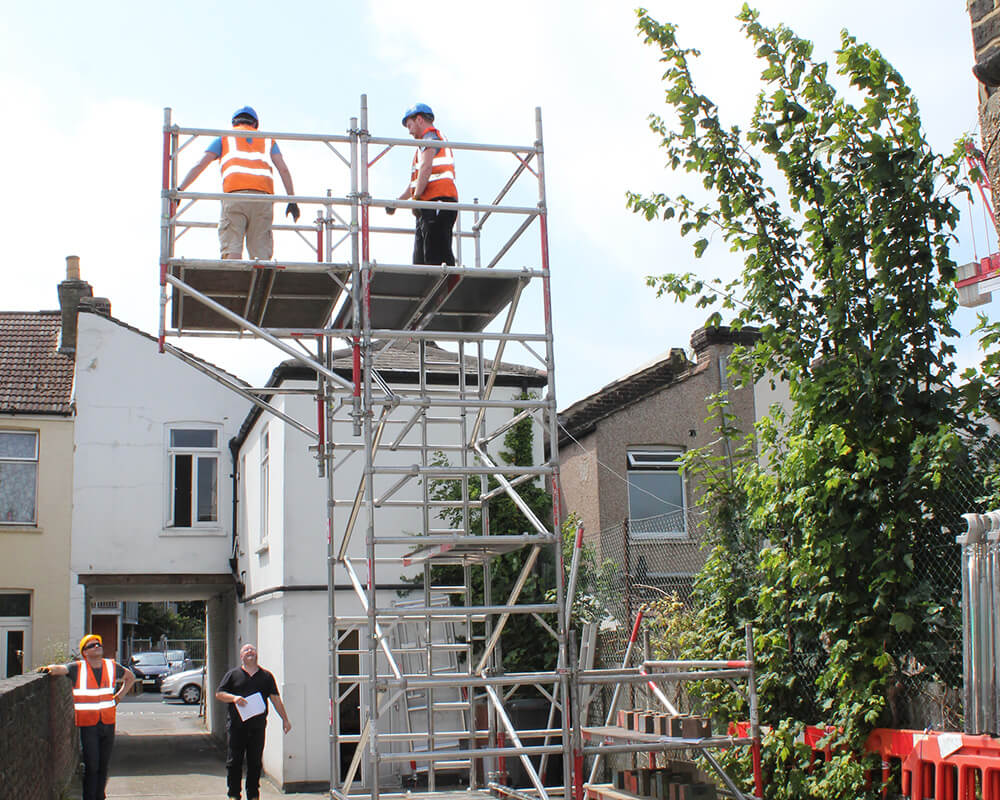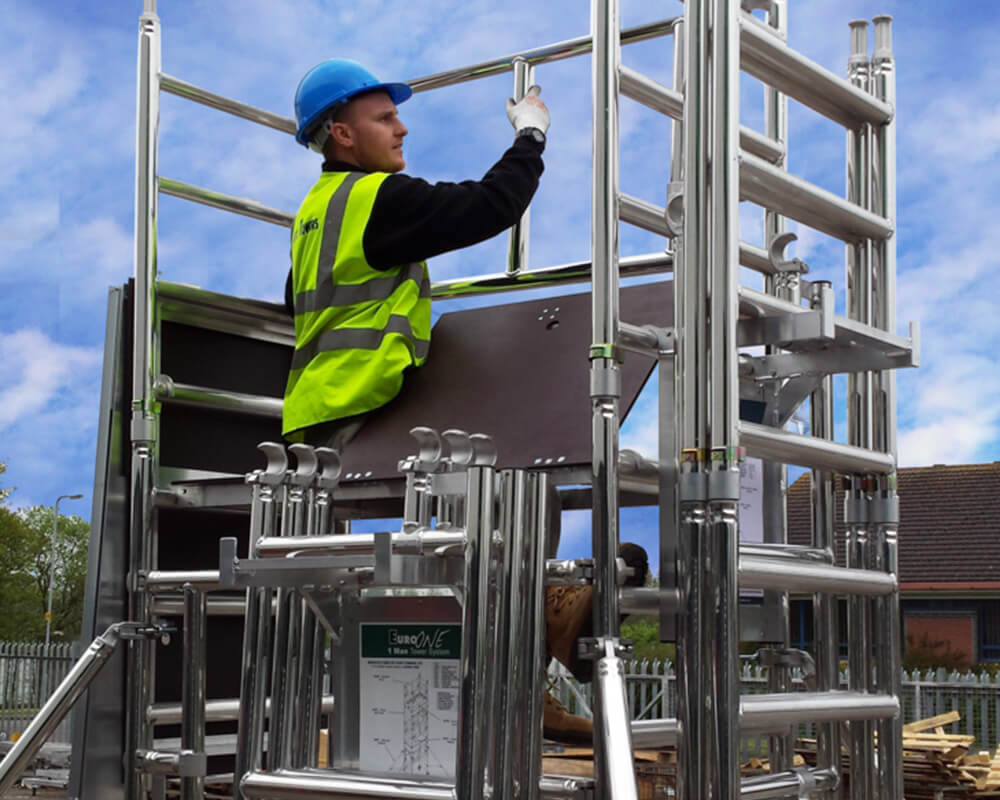Efficient Scaffold Hire: Maximising Your Project’s Potential
When it comes to construction and renovation projects, scaffold hire plays a crucial role in ensuring safety, efficiency, and productivity....
October 14, 2024
It’s one thing to be safe when working at height in optimal conditions; that in itself can be tricky. It’s a whole other task to ensure everyone is safely working at height when weather conditions are poor. At this time of year, ice, wind, snow, and other adverse weather conditions could all threaten your safety and the safety of others on site.
The best course of action is to be aware and to be prepared. Proactively ensuring that all potential problems are accounted and accommodated will make all the difference when ensuring the safety of everyone involved. Top things you may not have thought to keep in mind are:
It’s easy to account for snow because it is near-impossible to miss. Something easy to overlook, however, is a fog that then settles and freezes. If visibility is impaired by fog, workers know it is no longer safe. However, it is important to be aware of the condition of the site after the fog has ‘cleared’. This water can and often does freeze onto your work area, so tread carefully at height and make sure everyone is secured as soon as possible.
The clear issues in high-wind conditions include unstable platforms, but more is at risk here even in less windy situations. It doesn’t take (comparatively) much wind to cause falling debris or for a worked to lose stability. Even small amounts of instability can be incredibly dangerous, especially when someone is already battling adverse weather such as extreme cold when working at height. It’s imperative to check wind conditions at the height you are working at, to account for any instability of people or objects that this could cause.
When working at height, the operative often becomes the highest point meaning they are more likely to be struck by lightning, should it occur. Clearly, one would not be working at height if there is thunder and lightning. However, this weather can come with little warning so it’s important to keep vigilante at the slightest sign or warning that lightning could occur.
The risks of working at height are numerous; they only get greater when bad weather is also in the mix. These points are just some of the lesser-considered risks when working at height in poor weather but it’s advisable to keep these in mind along with the other, more clear concerns for those working on site.
At Access Towers Services, we are specialists in working at height and also offer regular PASMA training courses. For up to date training on a range of necessary procedures and industry insights, browse our expert articles or speak to our knowledgeable team today.
When it comes to construction and renovation projects, scaffold hire plays a crucial role in ensuring safety, efficiency, and productivity....
October 14, 2024
Tower scaffolds are essential structures in the construction industry, providing safe and stable platforms for workers to carry out tasks...
September 7, 2024
Anything above ground level is considered Working at Height. Access Towers are a large provider of PASMA Training and sit within the top 5% in the UK, allowing us to train the full range of 1-Day PASMA Courses to suit any of your work at height Tower Training requirements.
It is recommended by Health & Safety standards that those who are assembling Towers should be PASMA Trained. This will give operatives a 5-year qualification of competency for the use of mobile towers.
Certifications will vary depending on what equipment you’re hiring. It’s always best to speak with our Hire Desk if you are unsure, where they can advise what will be best for you or in more advanced working conditions, we can install onsite.
Training courses are for anyone using the equipment, from commercially to domestically. These will range from PASMA Training for the use of Towers, IPAF Training for the use of MEWPS as well as various other courses such as Safety Harness Training and First Aid.
Our Hire Desk are trained across the full range of work at height stock available and will be able to advise and assist cost-free.
We aim for a next-day turnaround, this is dependent on the transport routes and how busy we are at the time. It works both ways and could be earlier than your requested date.

